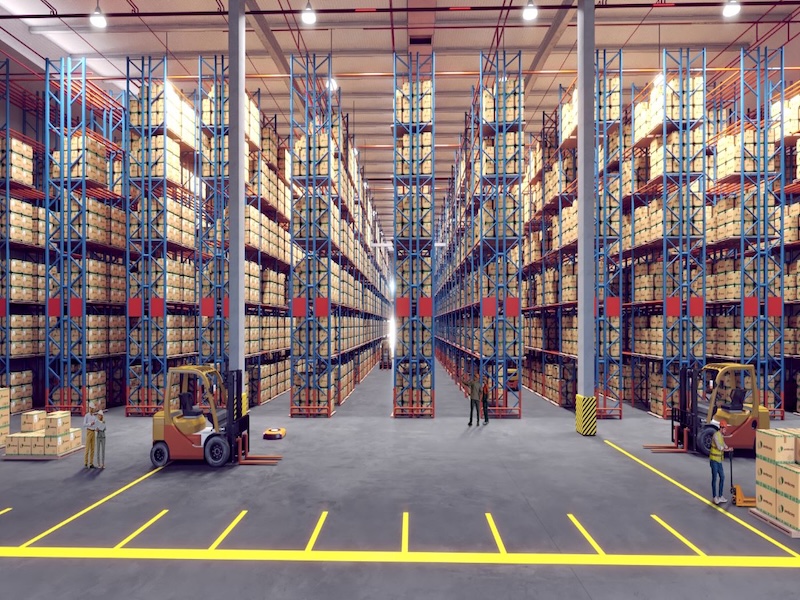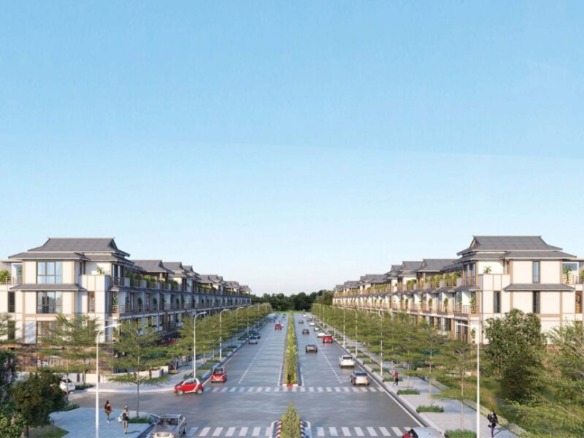Contents
Vietnam logistics real estate is emerging as a hot spot for international investors. With competitive costs and a strategic position in Southeast Asia, this sector offers strong potential for growth. Businesses are shifting focus beyond major hubs, expanding into new provinces to enhance flexibility. This move aligns with global supply chain adjustments post-pandemic. As a result, Vietnam stands out as a resilient market, drawing attention from key players in Asia and Europe.
Growth Trends in Vietnam Logistics Real Estate
In recent years, Vietnam logistics real estate has seen rapid expansion. Companies are moving to secondary provinces such as Tay Ninh, Quang Ninh, and Hung Yen. This shift reduces reliance on traditional areas like Binh Duong and Bac Ninh. For instance, firms now build dual distribution centers: one in the North for China and another in the South for ASEAN markets.
Demand for flexible, short-term leases is rising, especially in e-commerce and last-mile delivery. Third-party logistics providers (3PL) benefit from this trend. New entrants from China, Korea, and Europe often start with trial contracts. However, large multinationals prefer long-term deals or custom-built facilities to secure space and manage expenses effectively.
According to recent data, industrial land transactions in Q4 2024 reached 64 hectares, though down from prior quarters. Occupancy rates in key parks hit 80-89%, with lease prices up 4-5% annually. This growth underscores the sector’s appeal.
Key Factors Driving Investment in Vietnam Logistics Real Estate
Investors prioritize total operating costs (TCO) over just base rents. These include utilities, maintenance, and transport amid traffic issues. Cold storage, with high energy use, demands careful evaluation. Moreover, ESG standards are gaining traction. Certifications like LEED and EDGE are now essential for many tenants.
Features such as solar panels, LED lighting, and water recycling boost competitiveness. Multinationals and retailers insist on green credentials. Therefore, developers must integrate sustainability to attract premium clients.
To explore more, consider investing in Vietnam’s logistics sector. Government support, including infrastructure upgrades, further enhances opportunities. For example, plans to invest $13.8 billion in seaports by 2030 aim for 1.1-1.4 billion tons of cargo capacity.
Global Context for Vietnam Logistics Real Estate
Globally, logistics costs rose 3.6% last year, the third year of slowing increases. This indicates market stabilization after COVID disruptions. Transactions hit $78 billion in H1 2024, up 9% from 2015-2019 averages. Funds raised $41.5 billion, a 30% pre-pandemic jump.
Vietnam mirrors this recovery. Its cost edges and location make it ideal for diversification. Yet, quality matters. Modern facilities ensure long-term savings. Cargo volumes worldwide surged 7.3% in 2024, signaling robust demand. In Vietnam, northern industrial land grew 16% to 16,700 hectares by Q3 2024.
For deeper insights, review Savills’ latest report on Vietnam’s industrial sector.
Future Outlook and Expert Recommendations
Looking ahead, Vietnam logistics real estate will likely see more ready-built warehouses. Supply is projected to grow significantly through 2027. This supports the strong development of industrial real estate in Vietnam.
Experts advise focusing on efficiency and scalability. John Campbell from Savills stresses avoiding quality compromises for cost gains. Instead, invest in sustainable, high-tech options.
Key opportunities include:
- E-commerce-driven demand for urban fulfillment centers
- FDI inflows boosting northern and southern hubs
- Green tech integrations for ESG compliance
Overall, strategic investments here can yield high returns. With Vietnam’s economy growing, this sector promises stability and expansion for global players.





Join The Discussion